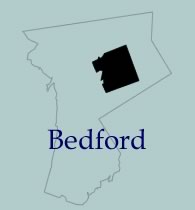

From 1640 through 1723, colonists from Connecticut executed eight deeds
to purchase Bedford lands from the Native American inhabitants. Bedford’s
name was chosen to remind its Puritan settlers of a town in England. After
the Revolution, Bedford was the most populous town in Westchester, and it
became one of two seats of county government, alternating with White Plains.
By 1870 the county seat settled in White Plains and the Bedford Court House,
which was built in 1787, fell into disuse. In the 1960s the Court House was
renovated for use as a museum and gathering place.
Visit the Town of Bedford online
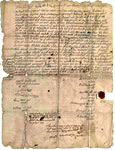
Bedford Deed to the Hopp Ground from Kahtonah et al to Richard Ambler et al, December 23, 1680
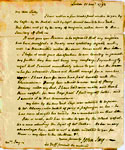
John Jay Letter, 1794

Slave Manumission, 1806

Counterfeit $3 Bank Note,
1831
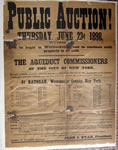
Documents Pertaining to the Relocation of Katonah,
1896 - ca. 1910

Records of Veterans from the Revolutionary War, War of 1812, Civil War, Spanish-American War and World War I, and Cemetery Maps, ca. 1930s

Westchester County
Defense Council Questionnaires,
ca. 1941-1945

Record of Ear Marks for Cattle,
1697-1709
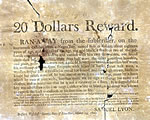
Reward Poster for Runaway Slave, October 14, 1800
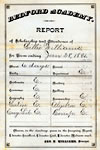
Bedford Academy Records,
1807-1811 and 1881
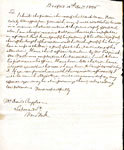
Letter from William Jay (1789-1858) to David Ruggles (1810-1849) from Bedford, NY, December 10, 1836
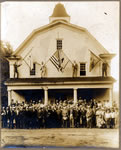
Bedford Farmers' Club Documents,
1927

Plans for the Bedford Court House,
1933














